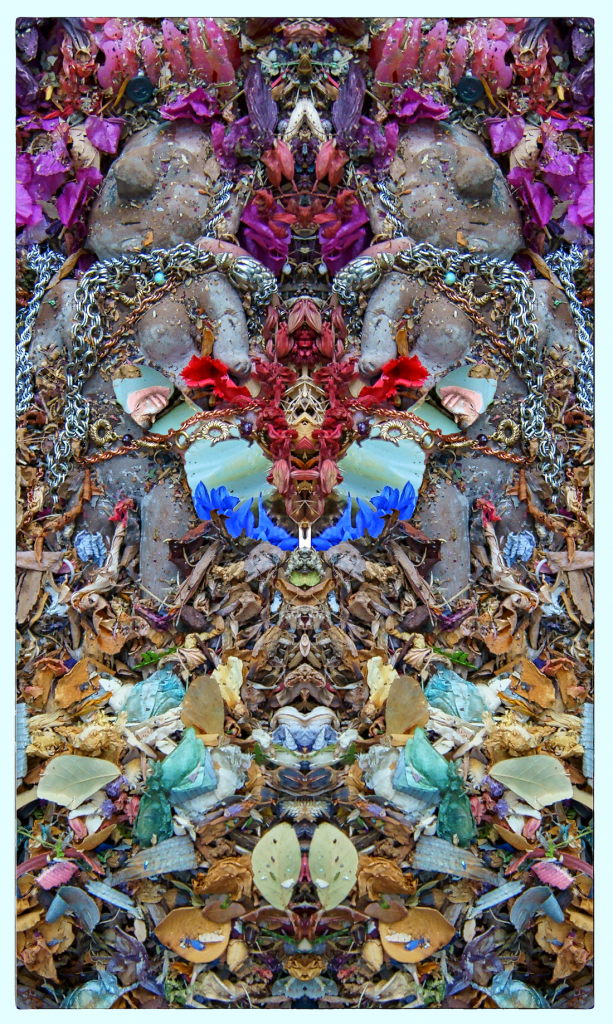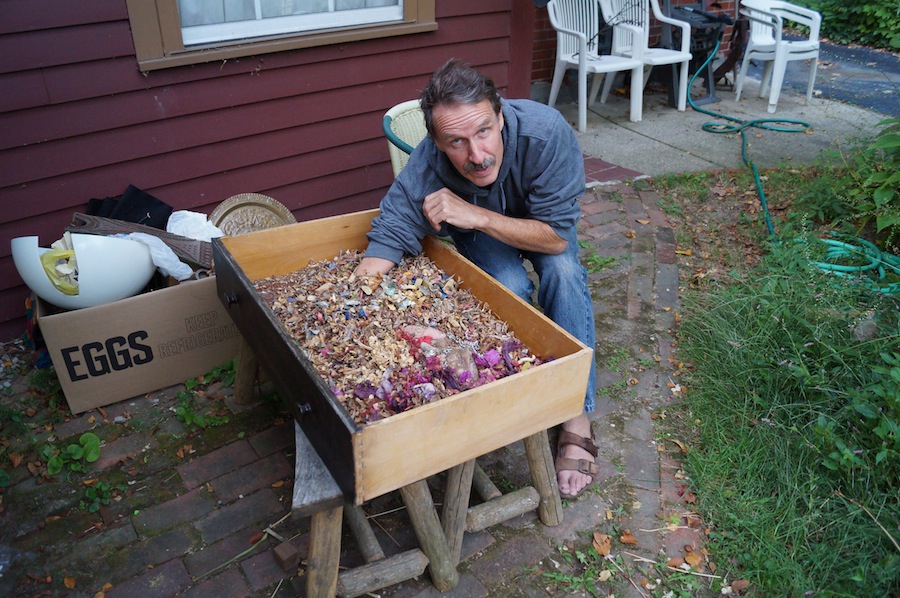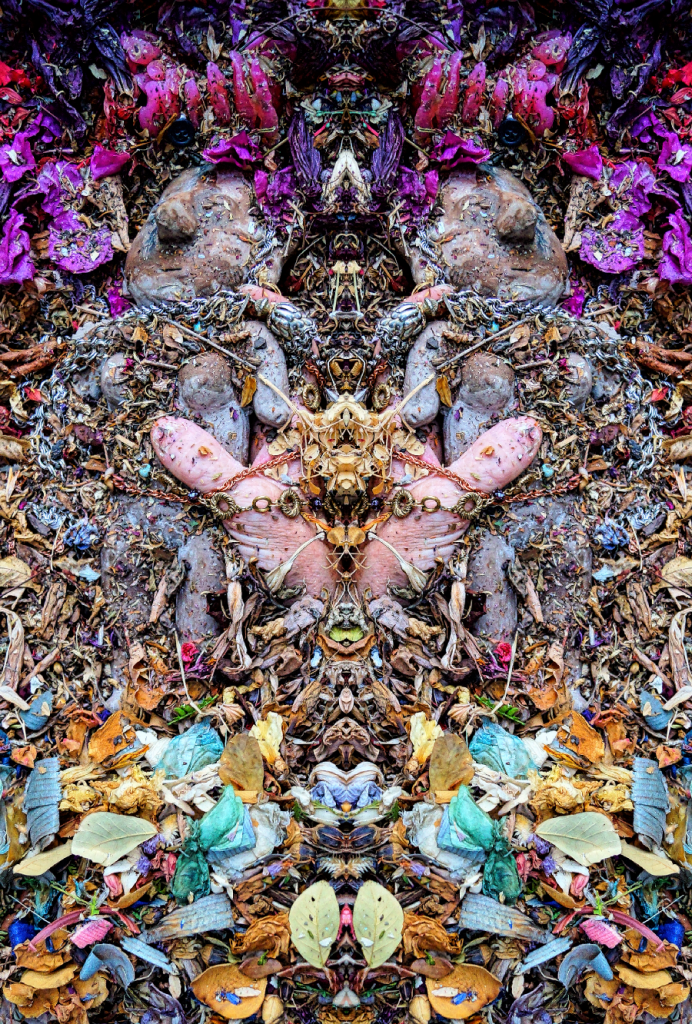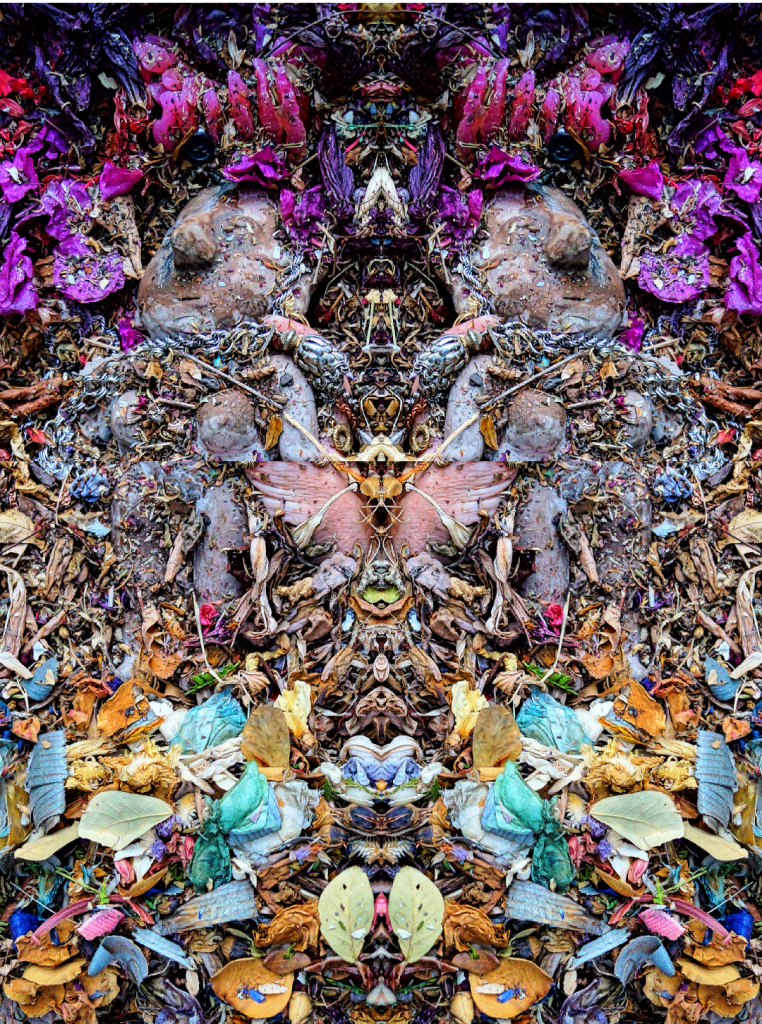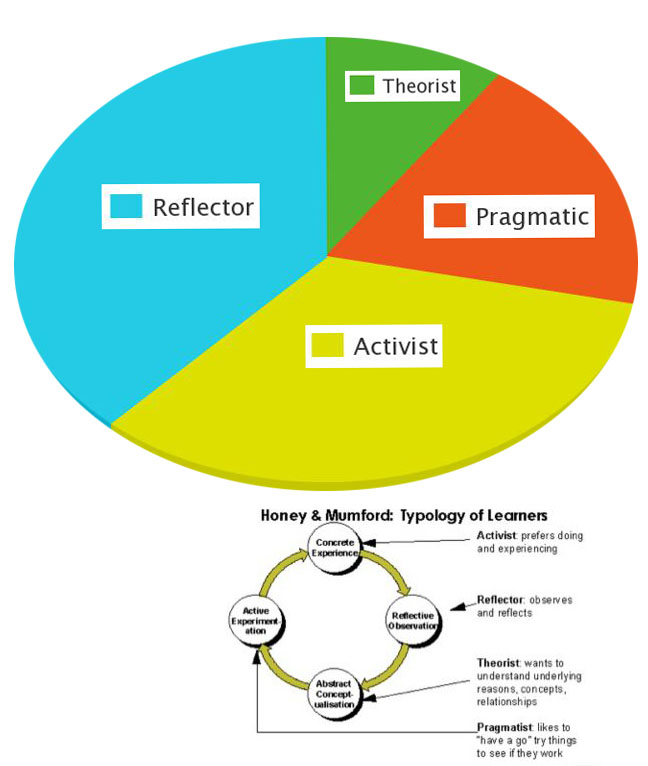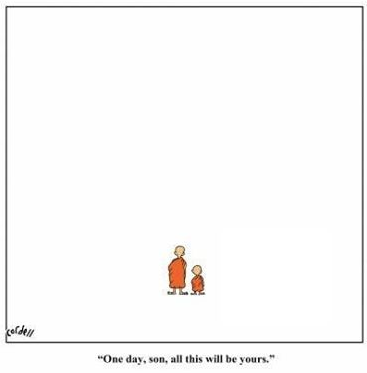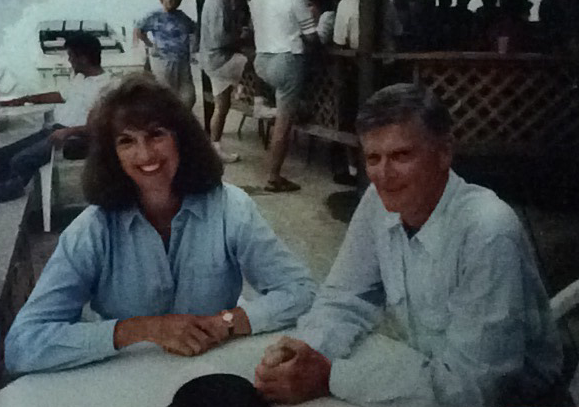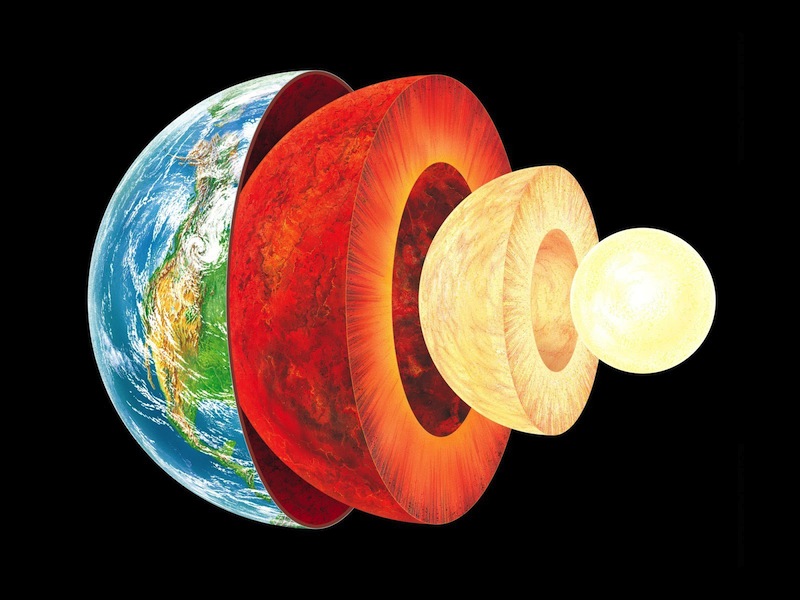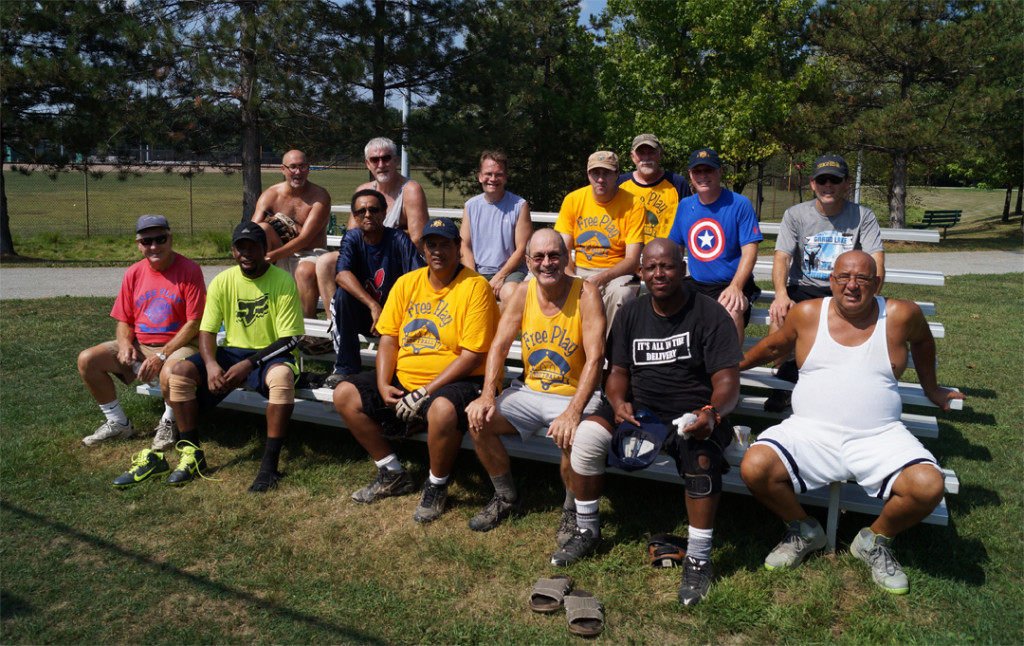
When I returned to the softball diamond at the age of 48 in 2002, I claimed left field as if it had been left to me in a will or by contract. I had my old Wilson glove from 1968, a mitt so large it could envelope most of my head, and I figured–like riding a bike–my ability to judge a fly ball, let alone a dipping line drive, would instantly return.
It did. All those years covering the left field for the Abernathy Special Collections challenge team on the makeshift diamond behind Middlebury College’s field house turned out not to be wasted, even after 18 years had gone by.
Then came my nose’s $6,000 dollar encounter with a falling line drive in October 2005. I got over it soon enough, but I never regained my sense that I could trot out to left field and own it.
Then, my speed slowly disappeared. This left me with right field. This season I have also played first base, a position I am configured to perform very well at, but first is also the position where less versatile players gravitate to.
With a slim turn out this week, I threw caution to the wind and did so also hoping I wouldn’t throw the ball over the first baseman’s head. I ambled out to short stop for, I guess, the fourth time in my long ‘career.’ I thought to myself that my arm was strong and might turn out to be accurate too. I zinged every warm up grounder into the first baseman’s mitt. I figured I had a chance to not make a fool of myself.
What did worry me was the fast grass surface, and, how bumpy the infield had become by September.
What happened is I threw two runners out at third, one runner at second, held up two throws to first against fast hitters, made an error on a bad bounce, and, successfully semi-dove (!) for a looping infield fly, and caught a gimme infield fly to end the game.
This would count as my best performance ever at this demanding position. Of course ‘best’ in my case means ‘mediocre.’ The reality is, I can play all ten softball positions in a mediocre way. I’m versatile!

